Kingdom Plantae Scientific name Lycopodiophyta Rank Division | Clade Tracheophytes Higher classification Vascular plant | |
 | ||
Lower classifications Lepidodendron, Sigillaria, Isoetales, Selaginellales | ||
Lycopodiophyta war of the oldest vascular plants trailer
The Division Lycopodiophyta (sometimes called lycophyta or lycopods) is a tracheophyte subgroup of the Kingdom Plantae. It is one of the oldest lineages of extant (living) vascular plants and contains extinct plants like Baragwanathia that have been dated from the Silurian (ca. 425 million years ago). These species reproduce by shedding spores and have macroscopic alternation of generations, although some are homosporous while others are heterosporous. Most members of Lycopodiophyta bear a protostele, and the sporophyte generation is dominant. They differ from all other vascular plants in having microphylls, leaves that have only a single vascular trace (vein) rather than the much more complex megaphylls found in ferns and seed plants.
Contents
- Lycopodiophyta war of the oldest vascular plants trailer
- Lycopodiophyta
- Classification
- Evolution
- Characteristics
- References
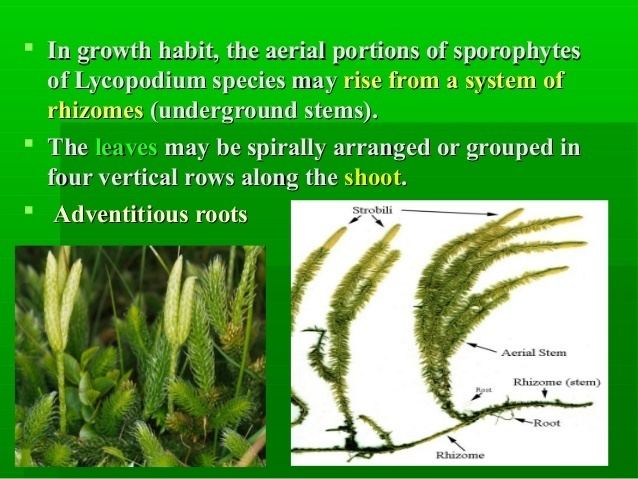
Lycopodiophyta
Classification

There are around 1,290 (Christenhusz & Byng 2016 ) living (extant) species of Lycopodiophyta which are generally divided into three extant orders (Lycopodiales, Isoetales, and Selaginellales), in addition to extinct groups. There is some variation in how the extant orders are grouped into classes: they may be put into a single class; they may be put into two classes, with the Isoetales and Selaginellales combined into one class; or they may be put into three classes, one order in each. The system which uses two classes for extant species is:
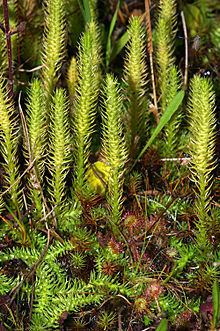
The extant orders each have a single family with a total of 12 genera and 1290 known species (Christenhusz & Byng 2016 ).
The following phylogram shows a likely relationship between Lycopodiophyta orders.
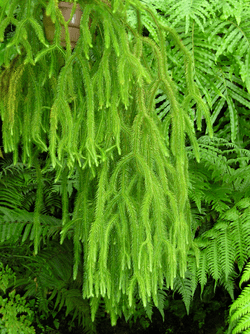
The following is another phylogram showing the evolution of Lycopodiophytes. Note the Cooksonia-like plants and zosterophylls are a paraphyletic grade of stem group Lycopodiophytes.
Notes:
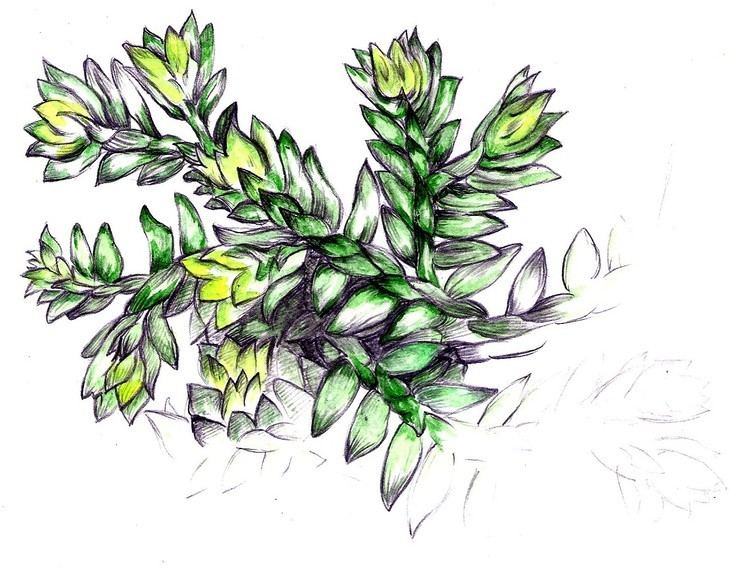
Evolution
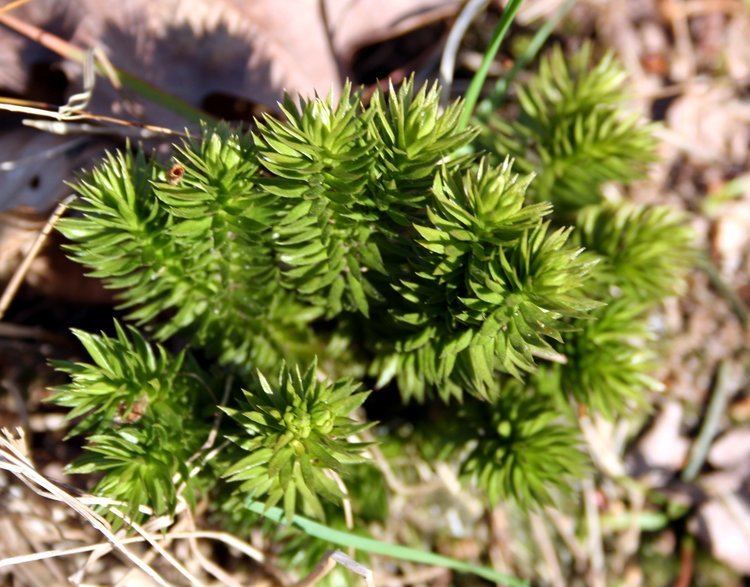
The members of this division have a long evolutionary history, and fossils are abundant worldwide, especially in coal deposits. In fact, most known genera are extinct. The Silurian species Baragwanathia longifolia represents the earliest identifiable Lycopodiophyta, while some Cooksonia seem to be related. Lycopodolica is another Silurian genus which appears to be an early member of this group.
Fossils ascribed to the Lycopodiophyta first appear in the Silurian period, along with a number of other vascular plants. Phylogenetic analysis places them at the base of the vascular plants; they are distinguished by their microphylls and by transverse dehiscence of their sporangia (as contrasted with longitudinal in other vascular plants). Sporangia of living species are borne on the upper surfaces of microphylls (called sporophylls). In some groups, these sporophylls are clustered into strobili.
During the Carboniferous Period, tree-like Lycopodiophyta (such as Lepidodendron) formed huge forests that dominated the landscape. The complex ecology of these tropical rainforests collapsed during the mid Pennsylvanian due to a change in climate.
Unlike modern trees, leaves grew out of the entire surface of the trunk and branches, but would fall off as the plant grew, leaving only a small cluster of leaves at the top. Their remains formed many fossil coal deposits. In Fossil Park, Glasgow, Scotland, fossilized Lycopodiophyta trees can be found in sandstone. The trees are marked with diamond-shaped scars where they once had leaves.
The Lycopodiophyta had their maximum diversity in the Upper Carboniferous, particularly tree-like Lepidodendron and Sigillaria, that dominated tropical wetlands. In Euramerica these became apparently extinct in the Late Pennsylvanian, as a result of a transition to a much drier climate, to give way to conifers, ferns and horsetails. In Cathaysia (now South China) tree-like Lycopodiophytes survived into the Permian. Nevertheless, lycopsids are rare in the Lopingian (latest Permian), but regained dominance in the Induan (earliest Triassic), particularly Pleuromeia. After the worldwide Permian–Triassic extinction event Lycopodiophyta pioneered the repopulation of habitats as opportunistic plants. The heterogeneity of the terrestrial plant communities increased markedly during the Middle Triassic when plant groups like sphenopsids, ferns, pteridosperms, cycadophytes, ginkgophytes and conifers resurfaced and diversified quickly.
Characteristics
Club-mosses are homosporous, but spike-mosses and quillworts are heterosporous, with female spores larger than the male, and gametophytes forming entirely within the spore walls.
The spores of Lycopodiophyta are highly flammable and so have been used in fireworks. Huperzine A, a chemical isolated from the Chinese firmoss Huperzia serrata, is under investigation as a possible treatment for Alzheimer's disease.
